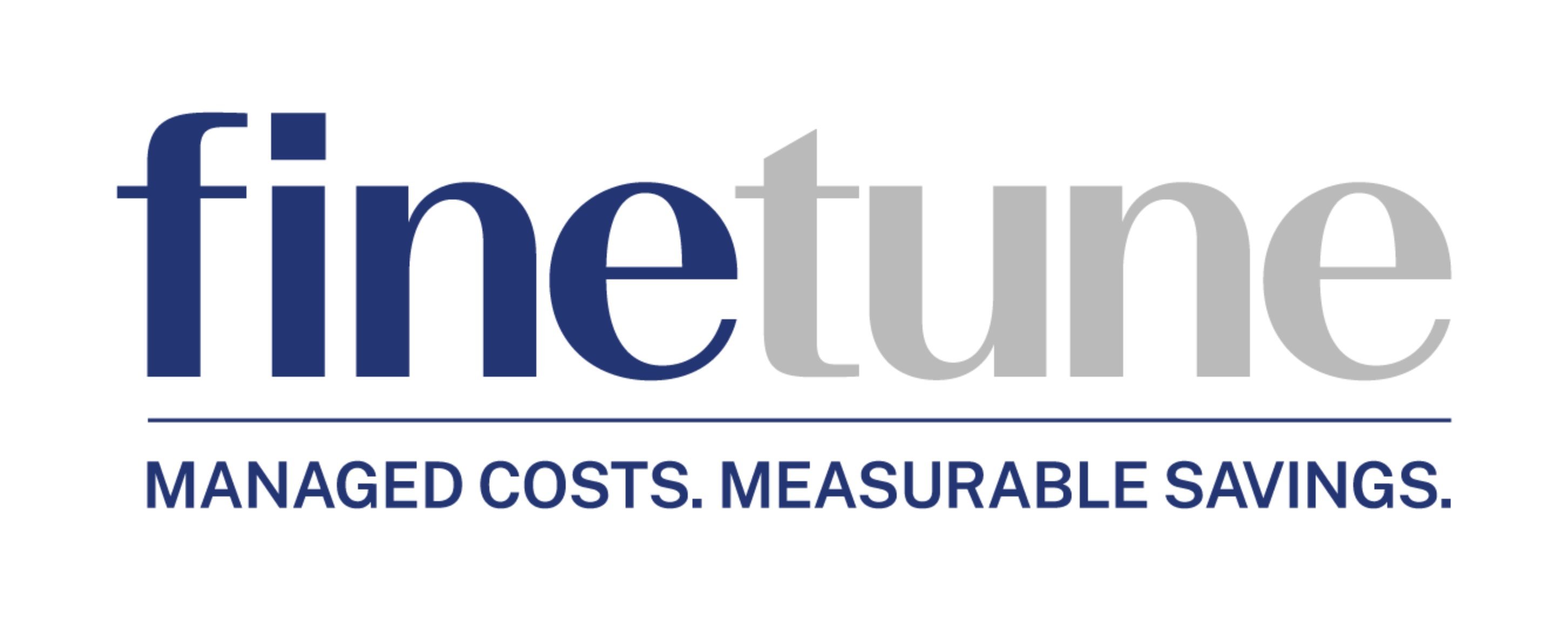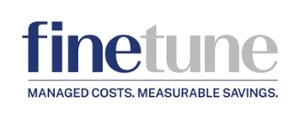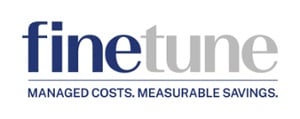Maximizing Savings Opportunities and Procurement's Strategic Value for CPOs
Saving money is not always about pinching pennies: advanced and data-driven insights enable you to identify real cost-saving opportunities, negotiate...
3 min read
![]() Richard Ham
:
6/14/23 11:46 AM
Richard Ham
:
6/14/23 11:46 AM


I graduated from college and embarked on my career thinking I knew what the word savings meant. Mine was the common-sense definition that “John and Jane Q. Public” use every day: Economizing. Spending less money. Keeping more money because you’re spending less.
I mean, duh.
But over the past 20 years selling to procurement departments, I’ve witnessed one conversation after another devolve into truly agonizing debates over whether this or that particular form of “economizing” or “spending less” or “keeping more” was actually savings.
Consider: for many of us, successfully refinancing a mortgage is the biggest cost savings event of our personal financial lives. I recall the first time I did this, knocking seven years off a mortgage with 27 years remaining on it. There was no substantive change to my monthly payment, but knocking those seven years off the note felt like a huge win—and it was, of course.
When we sit around the kitchen table with our significant others and talk through issues such as these, of course what matters in the final analysis is, well, the final analysis—we do our best to make common-sense decisions in the interest of the household’s “bottom line.” When we knock seven years off a mortgage, even without changing our monthly outlay, it represents big-time cost savings.
In corporate procurement departments, unfortunately, the same can’t usually be said. If I tried to get “credited” with a “savings initiative” for that first re-fi of mine in most corporate procurement departments, I’d surely be told that “that’s not savings.” It turns out, there are a great many ways to reduce the amount of money a company spends on goods or services (for the same goods or services, properly normalized for landscape changes) which don’t count as savings when you ask the procurement department.
It’s beyond maddening to anyone with a common-sense approach to expense management. When we’re told that what happens in year one of a three-year contract is meaningful on a dollar-for-dollar basis, but that what happens in years two and three of that same contract is meaningless, we should all reject this. Because, of course, it is quite obviously wrong.
But this isn’t a piece about foolish notions bothering me. It’s about how the clearly flawed elements of the ways corporations are defining, measuring, and doling out credit for “savings” are inflicting real damage—both to the P&L and to procurement departments everywhere—in the form of lost credibility. (It’s occasionally been even worse than that, as Kraft Heinz learned when it settled over an array of grievances cited by the SEC, including “bogus savings.”)
As the years pass, more and more stakeholders have done the math, and they’re realizing that if all the “savings” initiatives reported by procurement departments through the years had hit the P&L and stuck over time, the organization would be getting paid for the goods and services they receive. Their costs should by now be less than zero.
In reality, the savings that does hit the P&L by virtue of procurement’s efforts tends to get rapidly eroded—a fact that should surprise no one, since the procurement department is typically handed absolutely no incentive to ensure savings initiatives stick over time. If years two, three, (and beyond) don’t matter in a procurement department’s system of measurement, why would its people prioritize the outflow of money in those years? Suppliers have of course identified this weakness and have honed their attacks, ensuring margins grow after procurement’s deal-making is done.
The silliness surrounding what should be such a straightforward concept—cost savings, spending less, economizing, cutting smaller checks to your suppliers—has gotten so out of hand that Fine Tune recently decided to cut way back on its use of the word “savings,” moving instead to “spend reduction” and other similar phrases. Effectively, we’ve thrown up our hands and are now saying “I don’t know what your department thinks ‘savings’ means, but we’re going to help you optimize your spend and reduce the size of the checks you cut to your suppliers, and we’ll make sure the results stick over time.”
But I must say, we did this begrudgingly.
What is really needed is for leaders within corporate procurement, and their peers outside the department who have a hand in crafting the incentive plans—CFOs, VPs of Finance, and others—to recognize the flaws in their systems and re-work their incentives to promote more common-sense, ownership-minded behavior. We’ve written extensively in the recent past on the flaws of procurement incentive plans and ways to begin addressing them: Part I, Part II, Part III.
If we can get corporate procurement thinking about expenses in a common-sense way, tending to them the way household expenses are managed around the kitchen table, then both the P&L and the department itself will benefit.

Saving money is not always about pinching pennies: advanced and data-driven insights enable you to identify real cost-saving opportunities, negotiate...

The topic of our recent roundtable discussion with a dozen Procurement Foundry community members—exploring potential flaws in procurement incentive...

Every 30 days or so, I get the same alert on my phone—“Your electricity bill is available for viewing.” I take a quick look, make sure nothing seems...